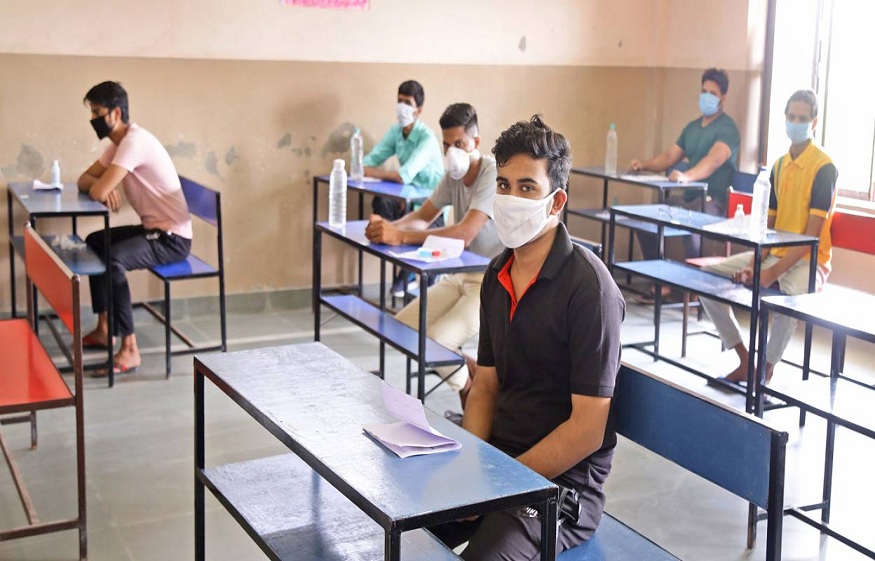Lymphocytes are a sort of white blood cell found in the blood and lymph of our body. They elicit adaptive and acquired immunity in our body. They are a sort of agranulocytes. Almost 20-25% of WBCs are B and T lymphocytes. The lymph contains almost 99% of lymphocytes.
There are three kinds of lymphocytes: B-lymphocytes, T-lymphocytes and natural killer cells (NK cells). They vary in their function and structure. There are surface proteins present, which separate the different sub types of lymphocytes. They are known as the bunch of differentiation or CD markers. Lymphocytes are found in the lymphoid organs, such as spleen, lymph nodes, and tonsils. They are known to start immune responses against foreign substances.
Lymphocytes Types
1. B-lymphocytes and T-lymphocytes
B-lymphocytes or B cells (bursa derived cells) and T-lymphocytes or T cells (thymus derived cells) are primary lymphocytes. The T-cells are responsible for cell-mediated immunity; on the other hand, B cells are associated with humoral immunity. Both the cells function to recognise non-self antigens during antigen presentation. They recognise the foreign substance and elicit immune responses against them to eliminate the substance or the infected cell.
The B-cells produce antibodies in response to the pathogens, which neutralises the negative effect of the virus and bacteria. The T-cells produce T helper cells and cytotoxic T cells. The T helper cells produce cytokines which start the immune response. Cytotoxic T cells produce enzymes containing granules that destroy the pathogen-infected cells.
The B-cells and T-cells leave behind memory cells that remember the antigen they have encountered. For a person’s lifetime, the memory cells elicit a rapid response if the same pathogen appears again.
2. Natural killer (NK) cells
The natural killer (NK) cells are an important part of the innate immune system and help in fighting the host against tumours and cells infected with the virus. The NK cells distinguish between uninfected and tumorous cells by recognising the change in surface molecule major histo compatibility complex (MHC) class 1 and also regulate the function of macrophages and T cells.
They are activated by interferons which belong to a family of cytokines. Upon activation, they release enzymes containing granules which kill the infected or altered cells.
Lymphocytes Function
Lymphocytes play a major role in adaptive immunity. The B cells are responsible for humoral immunity, and T cells are required for cell-mediated immunity.
The acquired immune response is specific to the pathogen. Once acquired, it is stored in the memory cell so that when the infection is repeated, it triggers a highly amplified secondary response.
Lymphocyte Diseases
High lymphocyte count:
A high lymphocyte count is usually associated with a viral infection. In some cases, it also indicates the serious condition of leukaemia.
Low lymphocyte count:
A low lymphocyte count can lead to high rates of infection post-surgery or trauma. During HIV infection, the viral particles kill the T-cells providing a way for more infections.
Tumour-infiltrating lymphocytes:
The lymphocytes can invade the cancerous cells, such as in melanoma or colorectal cancer, and regress the tumour.
Chromosomal Aberrations in Lymphocytes
There are two kinds of chromosomal abnormalities described in lymphocytes – chromosomal breakage and changes in chromosome number. Chromosomal breakage produces four types of alteration such as rings, dicentrics, fragments and minutes. Rings are formed when there is an exchange in two breaks in a chromosome. Dicentrics are formed as a result of an exchange between two chromosomes yielding a structure with two centromeres. Fragments are formed by simple breakage in chromosomes. And lastly, minutes are formed by two close breakages in a chromosome.
These aberrations are a result of food additives, dust, aerosols and plastic in our system. Pollutants from smelting, mining and other industrial processes also alter the genetic makeup of our body.
Stay tuned to BYJU’S for more interesting topics.

